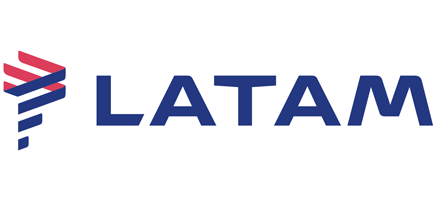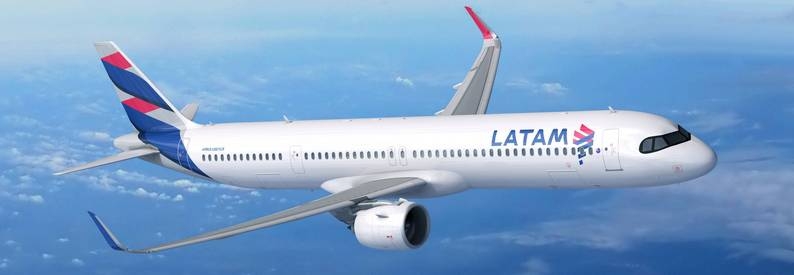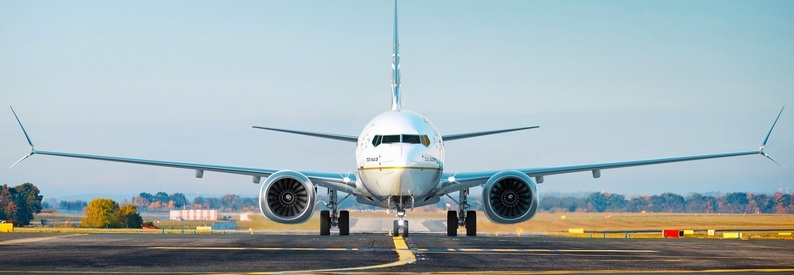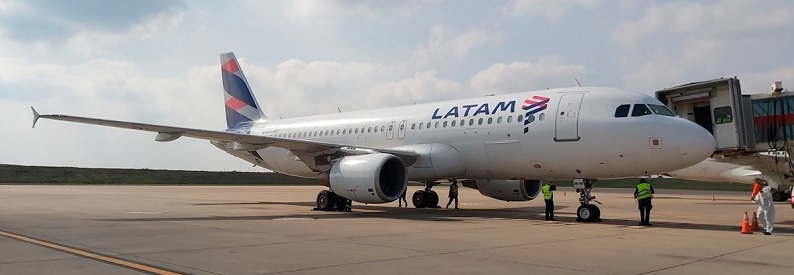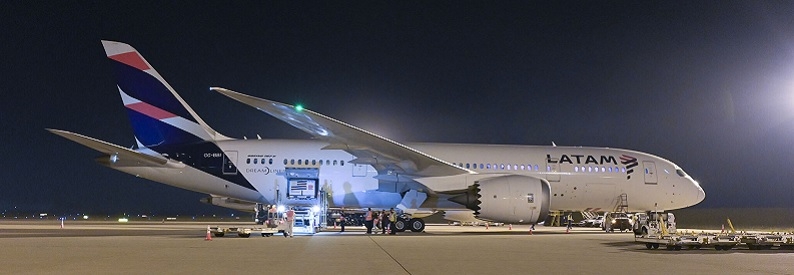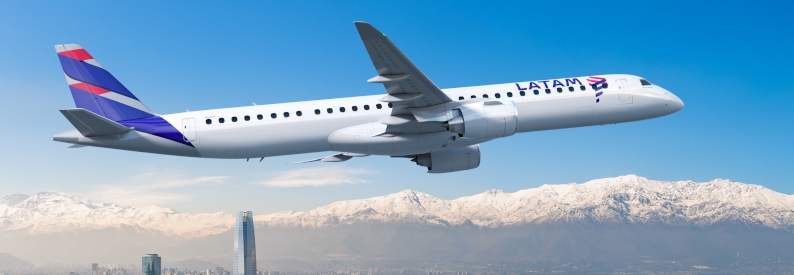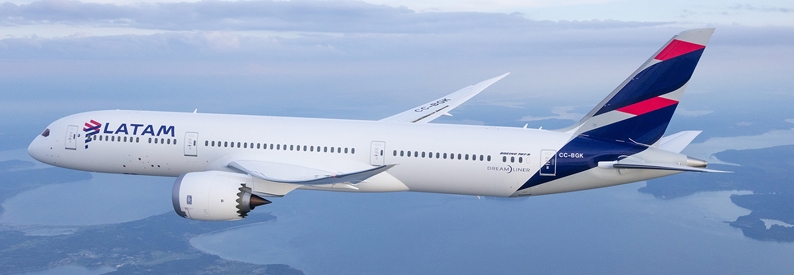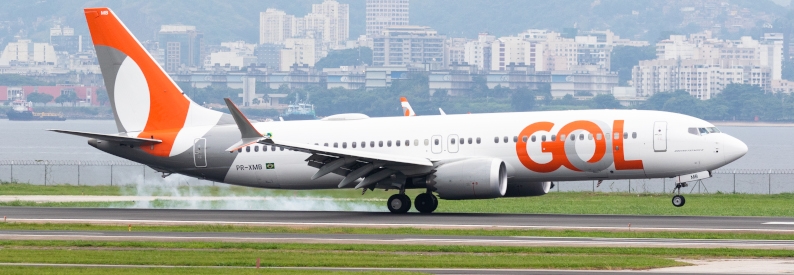LATAM Airlines Group has cut planned deliveries from Airbus and Boeing between 2018 and 2021 by 36% with only 45 new order aircraft to arrive over the period against the previously envisaged 70.
According to LATAM's Chief Commercial Officer, Roberto Alvo, the move was brought on by weaker than anticipated demand for the period as well as improved utilization of its existing fleet whose cabins have also been densified with added seats. It should, therefore, realize savings of USD2.3 billion.
"We believe that this plan gives us the flexibility to adapt our growth in different market conditions," Vice President (Corporate Finance), Andrés Del Valle Eitel, added in a 3Q18 earnings call. "And this cautious view has allowed us to continuously improve our cash flow of investments, helping us to maintain our debt profile control and a healthy liquidity level."
Whereas the South American carrier conglomerate had previously expected to add eight aircraft in 2018, 17 in 2019, 20 in 2020, and 25 in 2021, its revised schedule will see six aircraft (two A320neo, two A321ceo, two A350-900s) arrive in 2018, 13 (seven A320neo, four A350-900s, and two B787-9s) in 2019, 11 (five A320neo, four A321neo, and two B787-9s) in 2020, and 15 (six A320neo, five A321neo, two A350-900s, and two B787-9s) in 2021.
Though all deliveries for 2018 will be under operating lease contracts, LATAM Airlines Group is still weighing up its options for 2019. However, it has already secured financing of around USD500 million on the USD1.1 billion needed.
In terms of its existing fleet's usage, Chief Financial Officer Ramiro Alfonsín said LATAM had now terminated its A330/B747 wet-lease contracts with Wamos Air (EB, Madrid Barajas) given the impending return to service of all twenty-four LATAM B787s.
"We currently have two planes on the ground of the 24 we operate and we expect that by January next year all the planes will be flying and we will have a full solution [to the Rolls-Royce Trent 1000 issues] for our fleet," he said.
- Type
- Base
- Aircraft
- Destinations
- Routes
- Daily Flights
